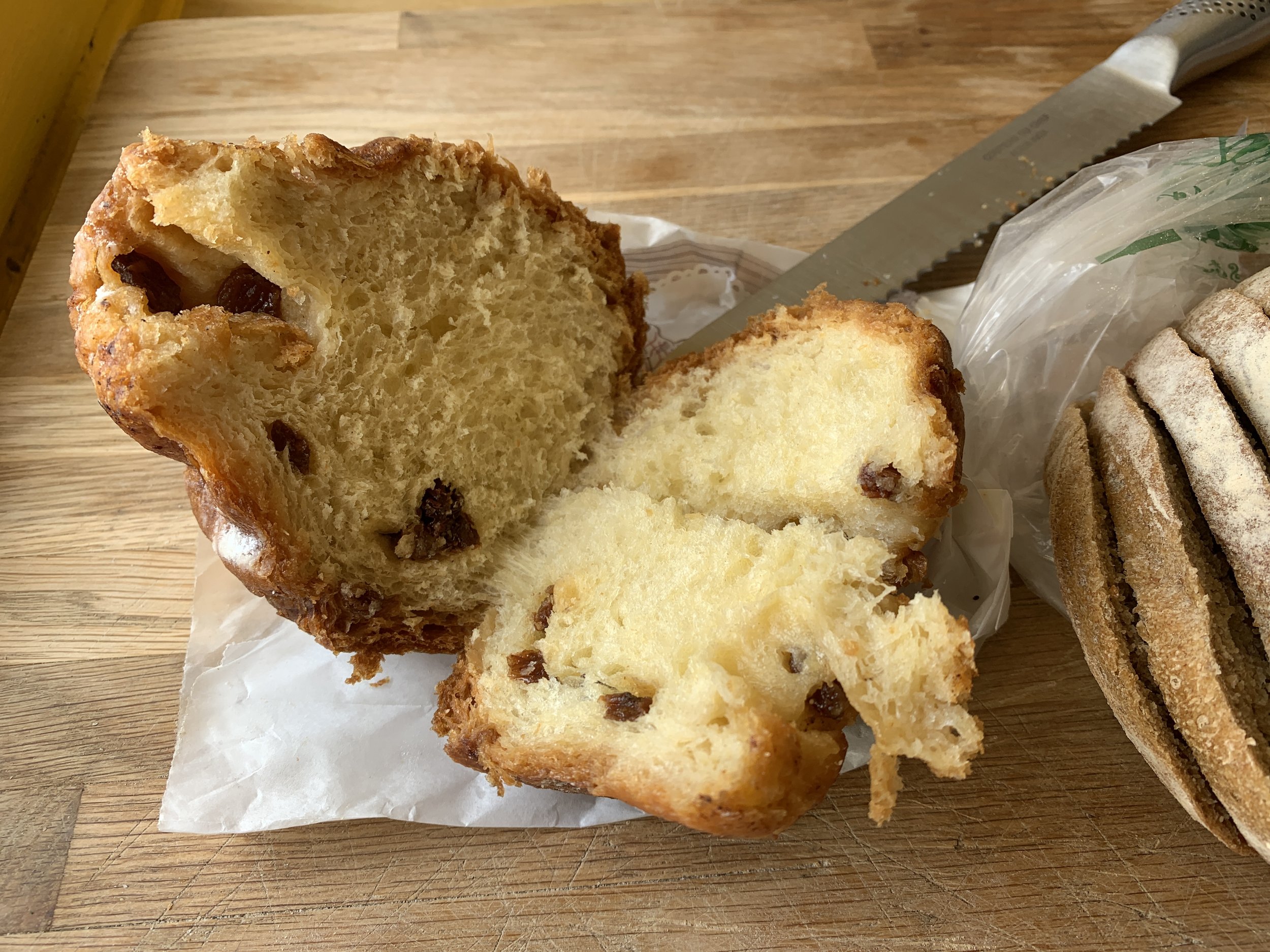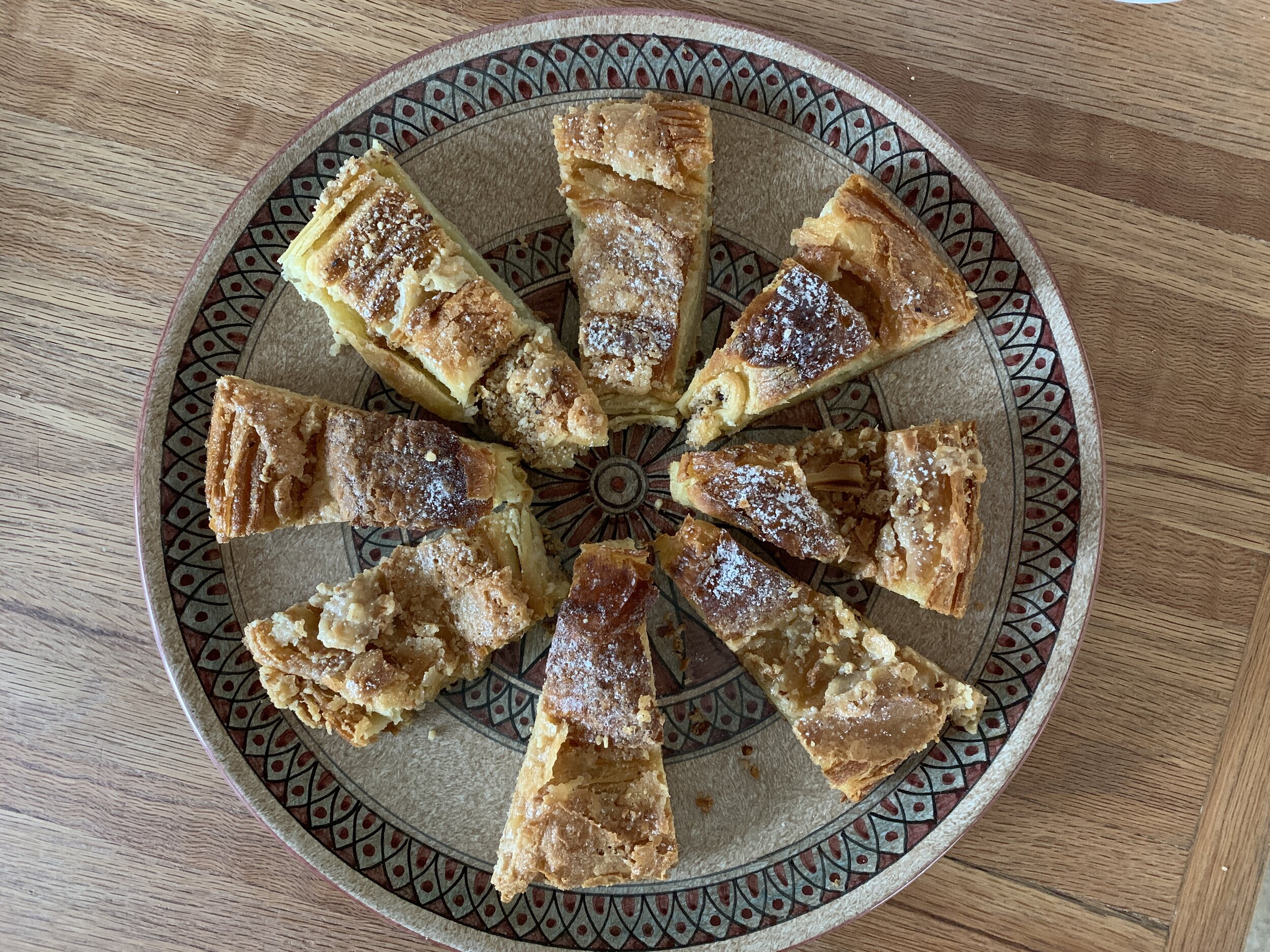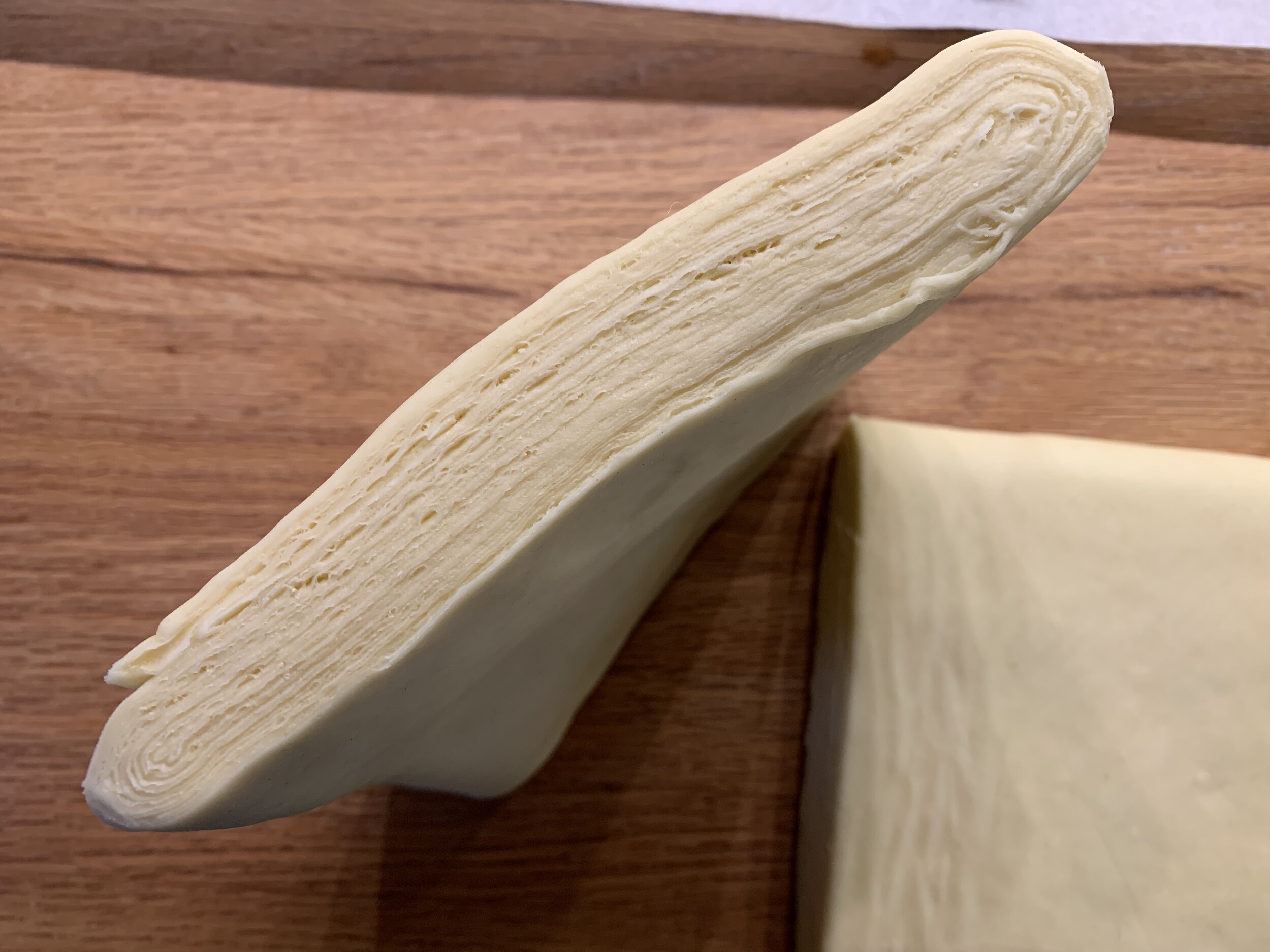Place Monge, 5th arr. and a bit about brioche
/Friday market at Place Monge
We made a visit to our old stomping grounds on rue Monge on a beautiful Friday morning. It just so happens that Pâtisserie Pascal Pinaud, where I did my two stages after pastry school, is located just a few steps from the market. Back then it was often the task given to me (the gofer) on market day to buy whatever produce might be needed for the shop.
Market culture in Paris is very interesting. Parisians have their favorite vendors and will patiently stand in line awaiting their turn. Once they’re up, they take as much time as they need as the vendor picks out (with the customer’s guidance of course) their strawberries, tomatoes, melons, haricots verts, mushrooms or whatever is on their list for the day. It’s all so very orderly.
Back in the day at Pascal’s I was told in no uncertain terms which vendor stand I should visit (seen in the photo below) so I would patiently wait my turn to buy the pommes (Golden Delicious was the go-to) for tartes or chaussons, the berries and currants for garnishing the gateaux/entremets or to tuck into a layer for millefeuille aux citron et framboises and even the occasional lettuce for the daily baguette sandwiches. The stall is still in the same place and it looked like some of the same people were manning it. Fifteen years later!
Waiting in line
We snapped up some beautiful looking haricots verts and luscious fresh fraises for the weekend and strolled around admiring the fresh flowers, cheeses, seafood, saucisses, specialty honeys and so much more.
Fresh from the market
We popped into Pascal’s shop to say hi, Steve hoping to score some pâtes des fruits (they had none - awwwwww.) Chef Pascal wasn’t in, but his wife, who basically runs the front of the shop, remembered me and, in addition to the few pastries we bought, she gave us a small kougelhopf as un cadeau! How thoughtful.
Kougelhopf
Our haul included une tarte aux abricots, un èclair au café, un boule de campagne (country bread) and the gifted kougelhopf which I didn’t hesitate to slice into for a sample. There was un pain au chocolat in the mix but guess what - Steve scarfed that baby down tout de suite! BTW - we thought mine are better - just sayin’.
Treats from Pascal’s
A word about kougelhopf. It’s a traditionally Alsatian speciality with some Austrian ties as well. You can read more about it here. A rich brioche dough baked in a fluted mold, imbibed with a rum syrup and holding rum soaked raisins inside, it’s a treat enjoyed by many.
Working at Pascal’s was my chance to get a real handle on making brioche dough and for years I used the recipe from Pascal’s. He used to chide me if I added the butter pieces too quickly - they needed time to be blended into the dough. Over the years as I did more of my own comparisons and research, I now use a recipe that I find very satisfying. Because the dough is enriched with butter and eggs, the mixing and rising times are important to achieve the light crumb at the end. Nothing worse than a heavy brioche. Ouch!
Pascal’s brioche is indeed a fine example of a well made dough but, truth be told, I’m not a big fan of rum/raisins, and the imbibing syrup made for a soggy mouth feel. Don’t get me wrong - it’s a very well made kougelhopf, but I prefer a nicely baked, un-soaked brioche (a bit of lemon zest anyone?) with a schmear of jam and maybe some fresh fruit on the side. Yes.
Kougelhopf
Steve enjoyed the èclair as his after dinner treat. I loved the tarte aux abricots with my coffee the following morning, and we both thought the whole wheat boule de campagne made for great toast with a bit of butter and good cheese (or jam or PB or . . . . .)
A big thanks to the vendors at Place Monge and to Pâtisserie Pascal Pinaud. Those were the days my friends.
YUM!
Market flowers at Place Monge






































